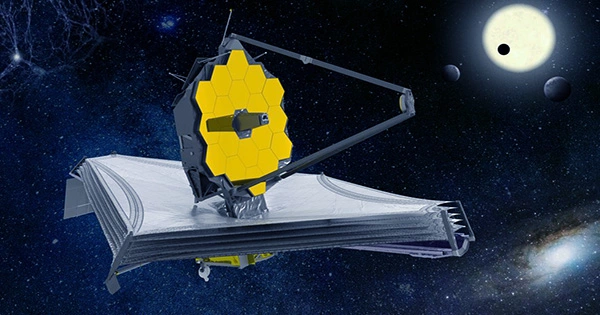In India, scientists studying rocks have discovered chemical proof of a series of abrupt temperature changes that occurred during the largest known mass extinction event, some 252 million years ago. Michael Brookfield at the University of Texas at Austin, U.S., with colleagues in Taiwan, report their findings and interpretations in the Journal of Asian Earth Sciences.
It is believed that more than 90% of marine species and 70% of land-based species were exterminated during the extinction, which took place at the boundary between the Permian and Triassic periods in the geological record. It is one of the most important episodes in the history of evolution, known colloquially as the Great Dying and scientifically as the Permian-Triassic Extinction.
Exploring different competing and occasionally overlapping theories are planetary scientists and biologists who are interested in the origins and timing of the extinction. The harm that human action poses to the current diversity of species on Earth may be relevant to their work.
The carbon-13 and oxygen-18 isotopes, two distinct types of carbon and oxygen atoms, were the subject of research by Brookfield and colleagues. The oxygen isotope levels are thought to change with temperature, whereas the carbon isotope levels are thought to indicate how much carbon was being incorporated into living things.
The team collected their samples across a ridge in the Guryul Ravine, in Kashmir, India, whose rocks formed during the transition between the Permian and Triassic periods.
The isotope record points to previously unknown significant but geologically brief variations in climate and biological carbon uptake throughout the mass extinction period.
The authors come to the conclusion that, rather than actual geological changes as suggested by other ideas, major extinction events were driven by climate-linked changes in the chemistry of the atmosphere and seas, at least in the parts of Earth supplying the data.
Evidence that climate change can cause past extinctions may be pertinent to the current climate change problems we are facing.
















